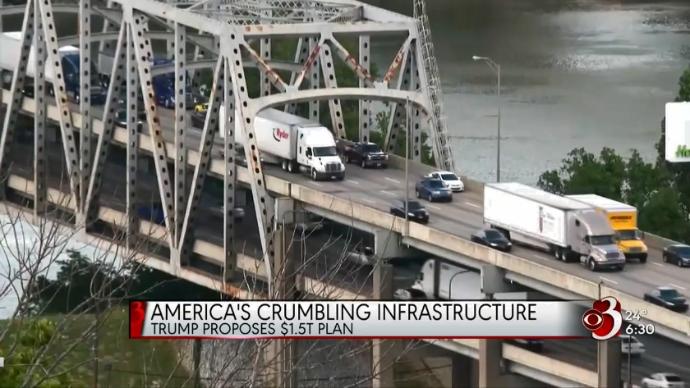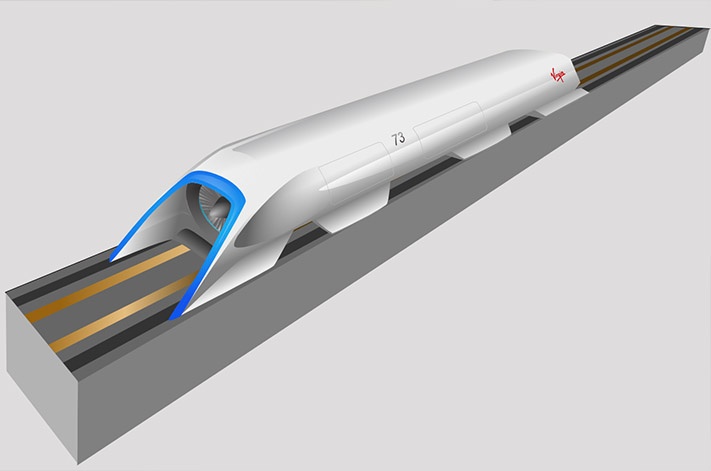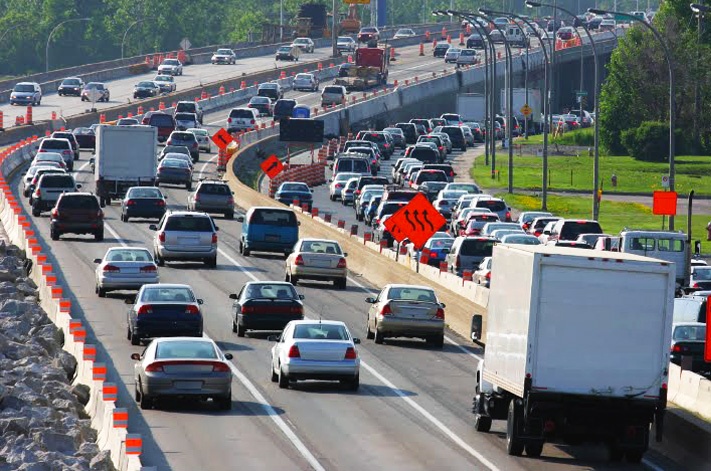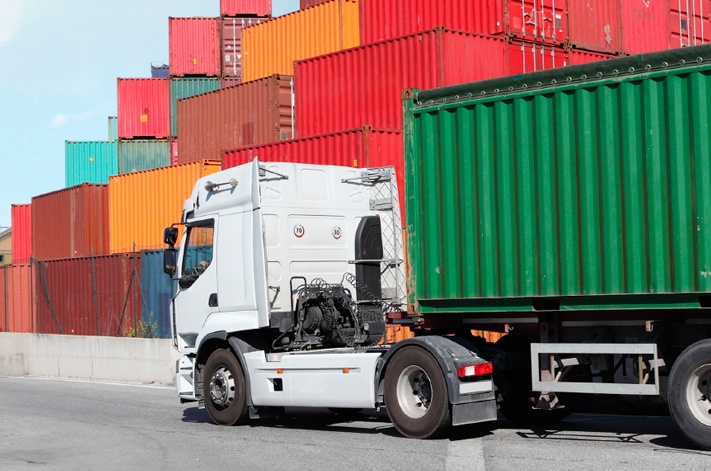
Massive unemployment and a nearly desperate need to rebuild our infrastructure could entice the presidential administration to copy a plan designed by President Franklin D. Roosevelt in the 1930’s. The New Deal was a series of programs and projects instituted during the Great Depression by President Franklin D. Roosevelt that aimed to restore prosperity to Americans. When Roosevelt took office in 1933, he acted swiftly to stabilize the economy and provide jobs and relief to those who were suffering. Over the next eight years, the government instituted a series of experimental New Deal projects and programs, such as the CCC, the WPA, the TVA, the SEC and others. Roosevelt’s New Deal fundamentally and permanently changed the U.S. federal government by expanding its size and scope—especially its role in the economy. Although it took our entry into World War II to lift the U.S. economy out of the depression, the New Deal provided many jobs to willing Americans in a time of great need. While I don’t believe we’re in as bad a shape as the 1930’s we are faced with a jobs crisis. To add to the issue, the recent civil unrest has compounded many small businesses problems in getting re-opened.
Read More
Topics:
Freight Bill Auditing,
Intermodal Freight,
Logistics Business,
Maximizing Routing Efficiencies,
Freight Bill Audit,
3D Printing,
Logistics News,
Industry Trends,
Big Data
Let’s take a break from the Covid-9 effect on the Logistics industry. Things are slowing opening back up. Hopefully, the trend continues with no significant spikes in infection rates. That being said let’s look at some industry trends we should all be aware of this year.
Read More
Topics:
Freight Bill Auditing,
Intermodal Freight,
Logistics Business,
Freight Bill Audit,
3D Printing,
Industry Trends,
Big Data
According to FreightWatch International, the risk of cargo theft incidents is much higher during the holiday season, and the upcoming Thanksgiving weekend should demand additional supply chain security measures for retailers looking to protect their precious holiday merchandise.
Read More
Topics:
Intermodal Freight,
Logistics Business,
Shipping News,
Logistics News,
Industry Trends
In February, we blogged about the Hyperloop. The Hyperloop is a conceptual train-like design to provide ultra-high-speed transportation for passengers and freight. The concept is the brainchild of Elon Musk, and the fuselage would travel inside a pressurized tube on a cushion of air. Hyperloop technology is fast-tracking into the freight sector. Hyperloop One Inc., is one of two companies racing to build the futuristic speed-of-sound transportation technology.
Read More
Topics:
Intermodal Freight,
Transportation News
In a comprehensive presentation at the recent NASSTRAC (National Shippers Strategic Transportation Council) Shippers Conference and Transportation Expo in Orlando, Fla., Bob Costello, chief economist at the American Trucking Associations, provided an outlook specifically focused on the freight industry.
Read More
Topics:
Intermodal Freight,
Industry Trends
The transportation industry faces huge challenges in measuring the economic effects of cargo theft. The illustration below provides a comprehensive overview of American cargo theft from January ,1 2013 to December 31, 2013. The review examines stolen commodity type , theft incident location, date, and time , cargo origin and destination , and mode of transportation.
Read More
Topics:
Supply Chain Management,
Third Party Logistics,
Intermodal Freight,
Transportation News
Upcoming negotiations between West Coast dockworkers and the Pacific Maritime Association is putting shippers on edge as the July 1 expiration of the six-year labor contract looms. The International Longshore and Warehouse Union represents 13,600 dock workers on the West Coast. The big sticking point in this year’s talks will be who pays for a so-called “Cadillac tax” that comes due in 2018 under Obamacare on the most lucrative of health care plans which is what the longshoremen currently have. That price tag could be as high as $150 million.
Read More
Topics:
Intermodal Freight,
Transportation News
The 2014 outlook for the container shipping industry appears bleak. The industry generally remains leveraged by significant debt amid continued fluctuating business levels. That onerous interest burden can be traced to the steady increase in leverage across the industry in the past decade, as carriers have invested in new tonnage. We are now seeing a number of profound structural changes in the industry that will have broad ranging impact. The race to build and deploy larger, more efficient vessels is both a cause and an effect of the persistent financial pressure.
Read More
Topics:
Supply Chain Management,
Intermodal Freight
One of the "firsts" in the Port Authority legacy, the Goethals Bridge was built as part of an overall project to accommodate greatly increased interstate automobile traffic following World War I. The Goethals Bridge is essential to moving cargo between airports and seaports and regional markets in the New York/New Jersey metropolitan area.
Read More
Topics:
Supply Chain Management,
Intermodal Freight








 Land-Link, a well respected professional organization, has been providing its clients with effective transportation and logistics solutions since 1978.
Land-Link, a well respected professional organization, has been providing its clients with effective transportation and logistics solutions since 1978.

